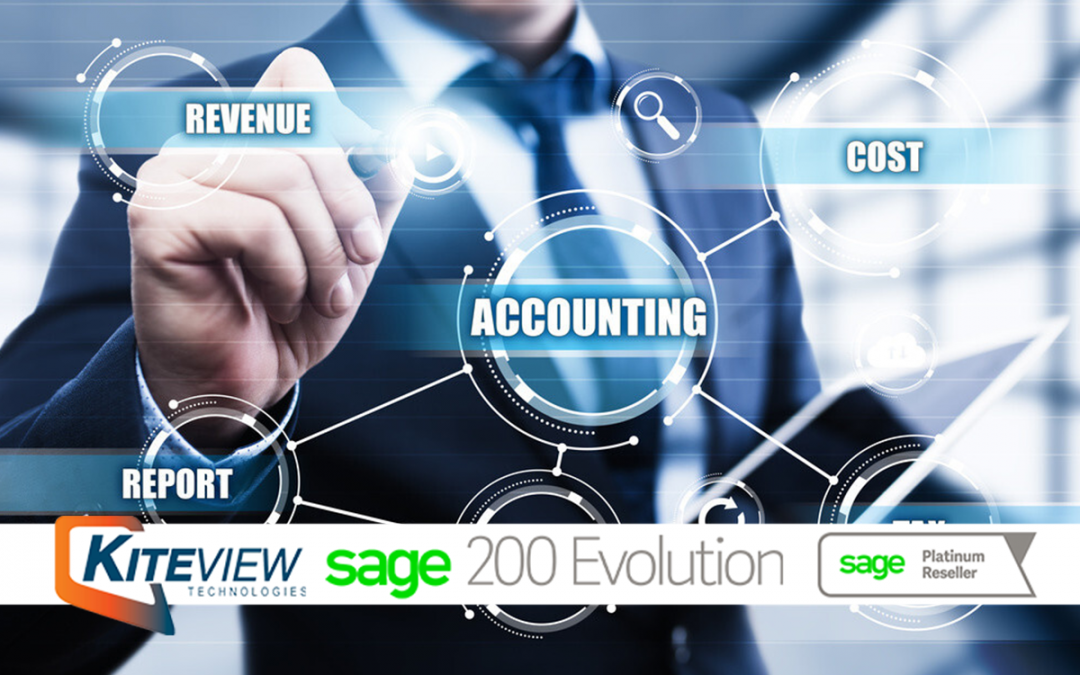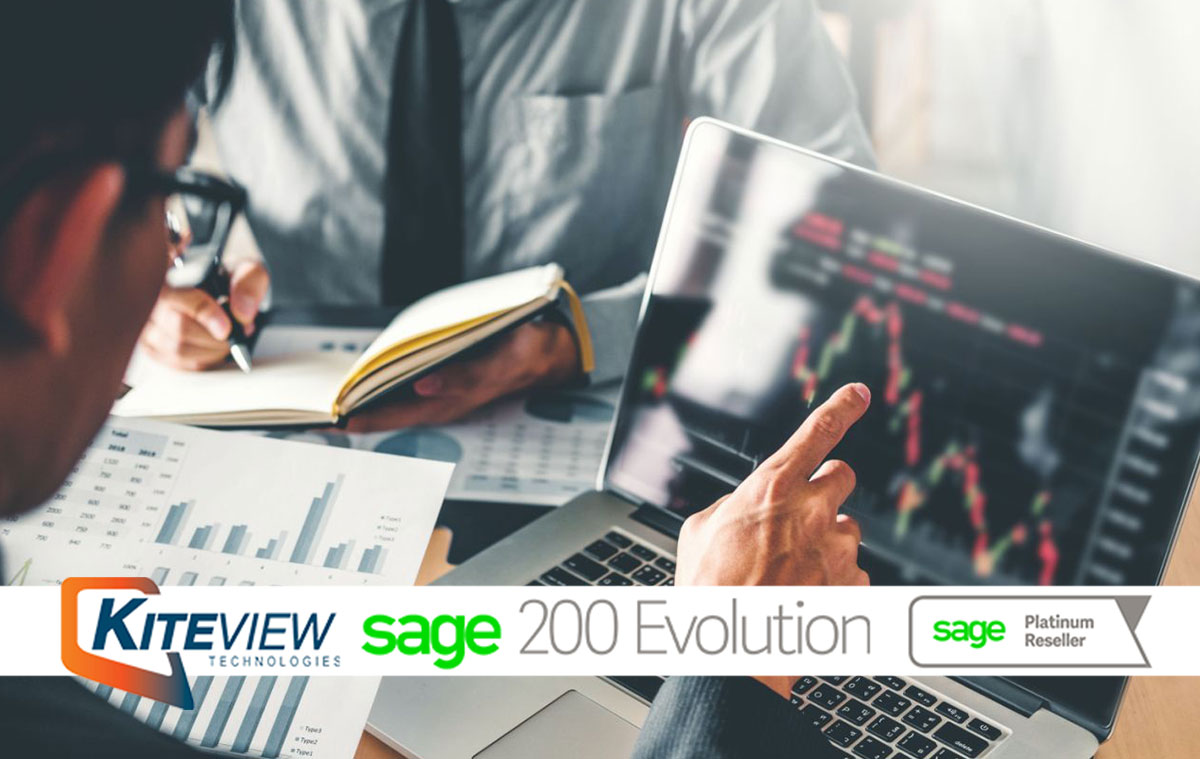
4 steps for financial services firms to embrace digital transformation
Article credit: Sage
Digital transformation is an important talking point for businesses right now. The message that financial services must innovate is not new.
As a leader in wealth and asset management, you’ll already understand that new ways of working are being encouraged, digital tools and capabilities can break silos, and that you should take advantage of technological change (if you haven’t already) to make your business more efficient.
When coronavirus (COVID-19) hit, it acted like a storm that forced many businesses to accelerate their path to the digital future that was already on the horizon.
It’s been a big reminder that change is constant – a reality you can’t ignore. And to cope with change, you’ll need to adopt digital transformation.
What is digital transformation?
Market research and consulting firm SMB Group is defines digital transformation as the way businesses use digital technologies to create or modify existing business processes, practices, models, culture, and customer experiences to meet changing business and market dynamics.
Digital innovation has changed customer expectations.
Today, we’re surrounded by digital experiences that allow businesses to provide a better quality service – such as round-the-clock support and ecommerce.
With examples of innovation in the form of artificial intelligence (AI), machine learning, and the Internet of Things, many industries are undergoing sweeping changes.
What digital transformation means for your business
Digital transformation is about identifying how you must adapt your business to drive customer loyalty and maintain a competitive edge in the digital age.
Instead of thinking about specific applications , you need to have a digital transformation strategy that’s fit for purpose in preparing your business digitally.
It would help if you had purposeful thinking about using technology to engage your customers and employees better, and how to meet changing business and market conditions.
Digital transformation is more than asking: “How can we do the things we do today, only faster?”.
Instead, you need to ask: “How do we need to adapt our business processes to keep pace with new market realities, and how does our technology strategy need to change to support this?”
Why digital transformation is essential
Digital innovation allows you to keep pace, meaning you can keep pace with customer expectations, competitors, the pressure to streamline operations, and unpredictable market conditions.
Due to the rise of financial technology, you can take advantage of a financial services landscape that has evolved, giving rise to an era of open application programming interface (APIs) that allow your systems to integrate with new platforms and applications.
In wealth and asset management, digital transformation is vital to help you take advantage of the sharing economy – the exchange of assets or services between consumers, both peer-to-peer (P2P) and business-to-business (B2B).
In the past, you’d have to purchase software that you installed on your servers.
With the rise of the sharing economy, you can now use accounting software that doesn’t require a massive upfront investment and is accessible online from anywhere.
The sharing economy allows for more effective and efficient ways of delivering value beyond traditional methods, creating an opportunity to increase wallet share by democratising wealth management through the adoption of digital capabilities.
Want to embrace digital transformation? Take these 4 steps
Know where you want your business to be in the next few years as far as digital transformation goes? It helps to create a strategic plan to get you there.
Maybe you’ll want to start with automating your three most repetitive and manual tasks, which will result in the biggest impact on your business – such as reconciliations and closes.
Your digital transformation would be less about replacing traditional systems and more about incorporating technology that can provide better services for all stakeholders.
There’s no one-size-fits-all path when it comes to digital transformation. But here are some useful tips to help you along the way…
1. Evaluate how the ground is shifting and prioritise business goals
Understand what’s changing in your business, with competitors, and with customers – for example, a competitor may have come in with a new business model.
Look at your specific issues and problem areas, and set goals to sustain and grow your business.
2. Collaborate and communicate
Get input early from stakeholders, so you’re not missing a vital piece of the puzzle.
It would be best if you had executive buy-in, but you also need support from employees who will need to adapt to new business practices and tech solutions.
Also, get feedback from customers and partners.
3. Assess your technology requirements
Is your technology helping you achieve your business goals, or is it holding you back?
You should look for solutions that automate repetitive processes and provides the information and analysis you need to make better decisions.
You might need advisers who can assist you in understanding what you need for your business and what costs might be involved.
4. Think of Business solutions as your on-ramp to innovation
Accounting solutions are flexible, and providers embed new technologies such as artificial intelligence (AI) and machine learning into their solutions.
Where financial management software can help
If you are still working with manual processes, you can take advantage of new technologies, tools and innovations. Look at technology that can:
- Improve the customer experience and provide more streamlined sales and marketing communications.
- Increase personalisation through customer support tools such as robo-advisors
- Provide data collection and analytical capabilities
- Achieve a single 360-degree view of the customer.
In wealth management, you should look at financial management software that allows you to achieve a single 360-degree view of the customer, allowing you to connect with existing clients and attract new prospects at a faster pace.
In your financial management software, look at three capabilities that can help your business to move forward productively.
- Continuous accounting: Using software to automate routine, but necessary, accounting activities – with the ultimate aim of eliminating ‘the close’.
- Continuous trust: Making use of software to test and validate data flowing through your financial system. This can support real-time visibility with real-time trust.
- Continuous insight: Freeing up the finance team from heavily manual work in compliance, audits, and the month-end close, so they can instead focus on more strategic initiatives.
Conclusion on digital transformation
Business success increasingly depends on putting technology to work to better support your goals.
Now is the time to think, plan, and build a strategy to transform workflows and processes with modern technology solutions that will empower your business with the capacities and agility necessary for success in the digital age.
Kiteview Technologies (Pty) Ltd was founded in May 2010 to provide the Sage Evolution Business Management solution to the SME market. The management team of Kiteview have combined +30 years of experience in the delivery of small to mid-market Financial & Business Management solutions. This experience, combined with a sound project implementation methodology has helped in Kiteview’s growth, becoming a Platinum status partner for SAGE Pastel within just 1 year.
Contact Us
For An Obligation Free Quote











